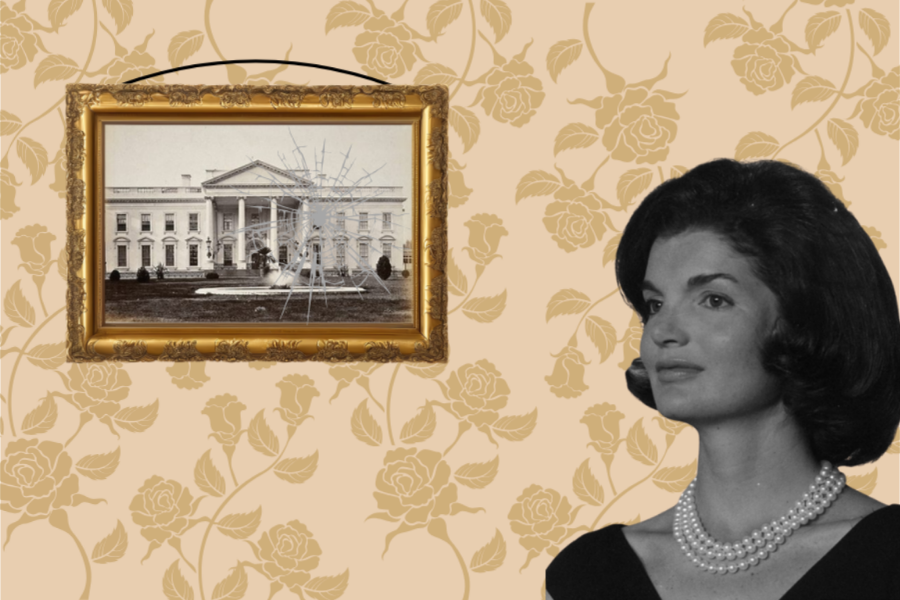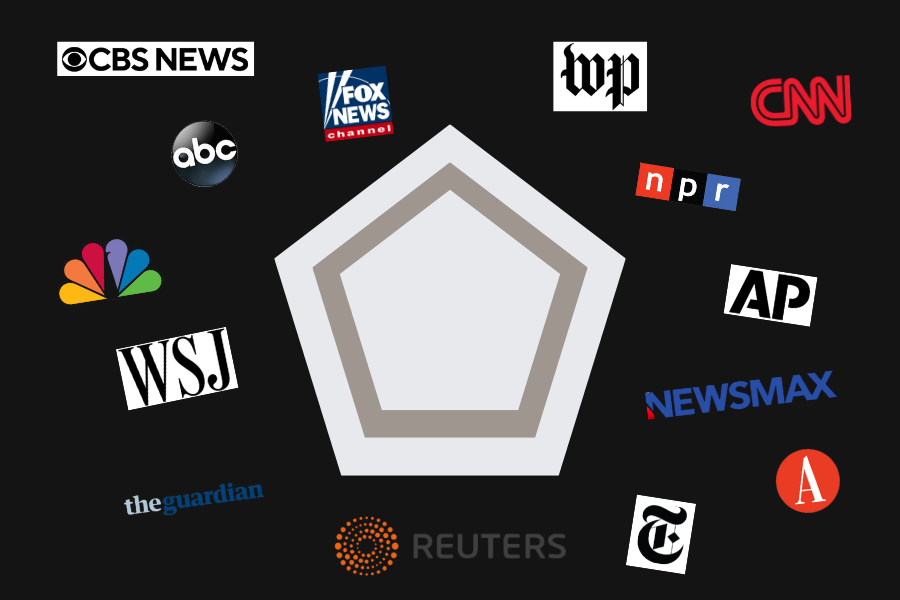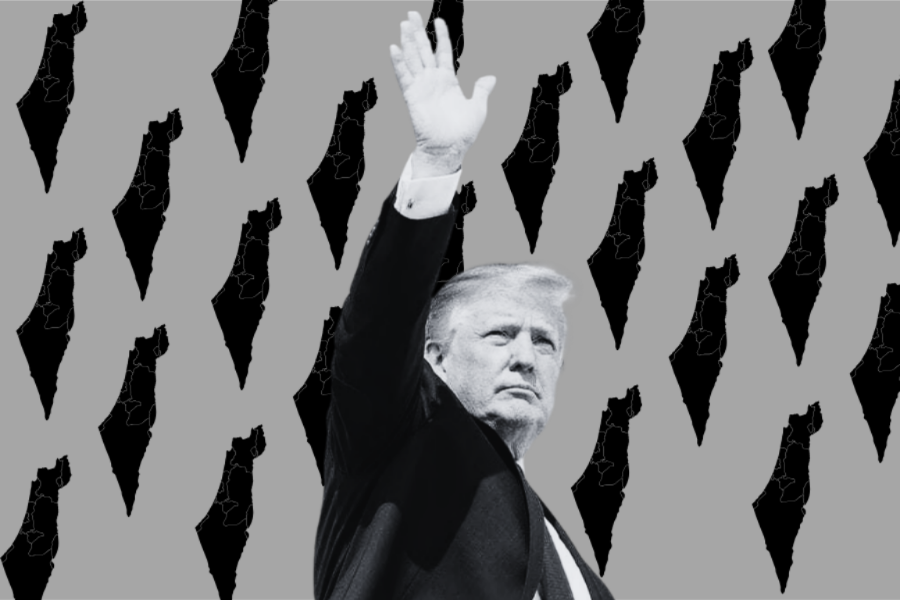Feb. 14, 1962, Jacqueline Kennedy warmly invites nearly 80 million Americans into the heart of the American government through her televised “Tour of the White House.” She showcased the restoration of the people’s palace with dignity, careful craftsmanship and appreciation for the nation’s history.
Oct. 20, 2025, 62 years later, the East Wing, rich in artifacts meticulously curated by Kennedy, was demolished by President Donald Trump in the name of a 300 million dollar ballroom reconstruction effort.
This battle between restoration and domination, as seen through the actions affecting the East Wing, represents the greater transitions in America; from leadership in the 1960s that valued unity and appreciation for the American people, now to a country led by authority that intends to conquer and control at the expense of American harmony.
Kennedy’s restoration process of the White House was one of intention and careful consideration. Influenced by the work “the White House as a Symbol,” Kennedy anchored the restoration process around the themes of an evolving American style, an honest reflection of the previous administration’s influence and a prioritization of the library’s significance.
Kennedy immersed herself in American history and created a thoughtful Fine Arts Committee to help source genuine presidential antiques to be placed in the White House. She dedicated herself to curating the White House with quality historical pieces, even contributing to legislation passed in September 1961 that officially proclaimed the White House as a museum.
Kennedy claimed that “everything in the White House must have a reason for being there,” truly revealing that this project was fueled by purpose and passion. During the televised tour, Kennedy commands the audience at home with a soft-spoken and eloquent guide through the White House – her depth of knowledge about each piece and its history clearly apparent.
Her efforts did not go unnoticed by the American people. Flooded with notes of appreciation and excitement following the tour, Kennedy’s restoration was widely accepted and applauded by the nation. Her attention to representation and craftsmanship was symbolic of an executive branch connected to the masses, one whose living quarters honored all those who came before them, setting a precedent of respect and loyalty to the people regardless of partisanship.
The very fact that Kennedy televised the tour of her home served as an invitation to Americans for a collective effort of political involvement and growth. However, this unity was not only a superficial pledge.
President John F. Kennedy’s legitimate support of the Civil Rights Movement and general progressive actions during his time in the executive branch ultimately made America a more equitable, reformed and united nation. Not only was the White House improved, but America was too during this transformative era.
Unfortunately, President Trump’s demolition of the East Wing is not only a physical loss, it represents the destruction of values that were once seen through its famous presentation in the 60s.
What was once a wing that contained the public entrance to the building, the First Lady’s office and the iconic Jacqueline Kennedy Garden, will now become a robust ballroom. Ironic that a wing that was once a symbol of inclusion for the people, an honor to the First Lady’s work and former First Lady Jacqueline Kennedy now represents exclusivity.
The financing process for the East Wing’s reconstruction in 2025 has become an arena for private donors to compete for the monetary ownership of political power. The list of donors ranges from many of the world’s richest corporations, including Apple, Google, Lockheed Martin and Amazon, to powerful Americans like Howard Lutnick, U.S. commerce secretary and CEO Stephen Schwarzman of Blackstone.
Though Jacqueline Kennedy’s restoration was also funded by a portion of private funding, she maintained the narrative that this public place actually belonged to the people with her deliberate project, which Trump fails to do.
In a live interview, when asked about the White House reconstruction, Trump claims Americans need not worry about funding from the government, as the ballroom will be financed by “some friends of [his].”
The Trump administration also failed to submit to the National Capital Planning Commission, which oversees all construction efforts at the White House, and includes the Fine Arts Committee that Jacqueline Kennedy created.
Karolline Leavitt, White House press secretary, double-downed on the claim that the committee only needs consulting for construction efforts, not demolition, when asked about this process at a briefing.
This idea feels oddly representative of the administration at large. Exercising power to deconstruct and defund massive systems in place without approval goes beyond the East Wing. Underhanding the federal bureaucracy is becoming a Trump trend, it appears.
This privatized financing process and the lack of a submission to the NCPC make this demolition seem exclusive, rushed and shady, similar to the political era that Trump is pulling our nation into.
The East Wing has become a surprising indicator of the political state of America, from the careful, deliberate development of the East Wing in the 60s reflecting the prioritization of the people to its hasty demolition now symbolizing a certain shattering of our nation’s government.
This demolition is more profound than a mere construction project. Trump’s eagerness to expand is evident, as seen domestically by increasing the East Wing from roughly 12,000 square feet to 90,000, but also internationally, with his interest in expansionist policy, pushing an “annexation agenda.”
Gutting a wing that was previously the physical entrance for the public is eerily similar to the president’s obsession with border control and the vilification of immigrants. The masses seem to be pushed out of not only the White House, but their homes in America.
The creation of an extravagant and restrictive ballroom during a nationwide government shutdown is incredibly revealing of our most powerful politicians’ priorities. They are focused on the strengthening of their own power and affluence, as millions of Americans grapple with the fallout of government instability.
This feeling of grave ruination that many Americans are experiencing is not a result of the physical removal of the walls or the wing itself; it stems from the very real threat of the destruction of our government that the Trump administration imposes.
Thank you to Dr. Peter Jeffreys, who first had this idea about the parallels between the East Wing renovation and demolition in our “Mad Men“ class, and allowed me to write about it.















